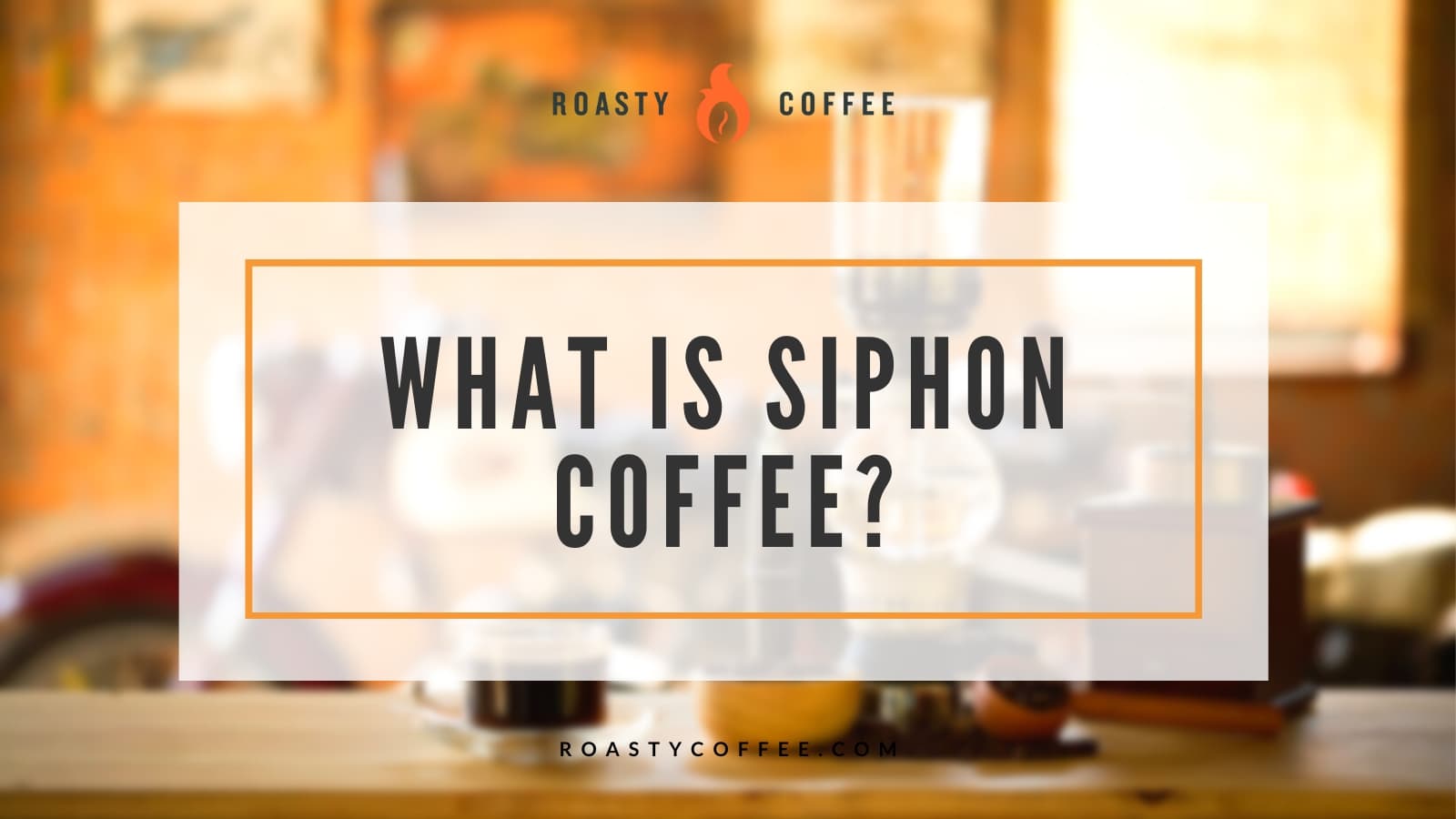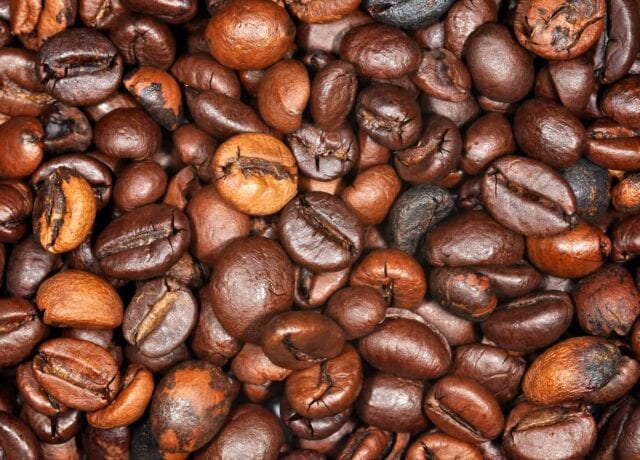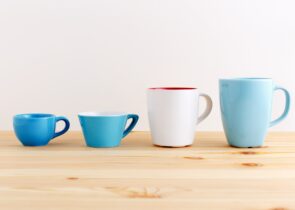When I saw my first siphon brewer, I was in awe.
“What in the Breaking Bad was I looking at?” I thought!
I must have spent three or four days researching this brewing method, from how it works to why we still use it today.
So, if you’re like me and have a lot of questions about siphon brewers, let’s discover the answers below about this unique coffee brewing method!

What Is Siphon Coffee?
When you look at a siphon coffee brewer, you’re looking at a piece of history. This is one of the oldest methods of brewing coffee that we use today, and the design has remained pretty untouched from its original 1840s patent.
On this brewer, you have two “glass balloons,” as they’re named in the patent – one holds the water and comes in contact with a heat source, while the other contains the coffee grounds.
After filling those compartments, you simply need a way to create a seal and a filter, and the rest is basic science.
Where Coffee and Science Meet
So how did this coffee maker come to be and why does it look like something that belongs in a lab and not on your kitchen counter?
Well, that’s because it was created in a lab. The first-ever account of the siphon brewer goes back to a peer-reviewed scientific journal from the 1800s.
German physics professor Johann Gottlieb Christian Nörrenberg was looking for a way to teach the principles of an Aeolipile, the ancient steam-powered machine with a hollow sphere that would turn with steam provided from a cauldron below to his class.
The simple design and the coffee became such a hit that his students and friends began making their own brewers at home.
From there, it wasn’t until the 1840s that we saw the first commercially successful version, from a French woman named Marie Fanny Amelne Massot.
This design featured the two glass “balloon” chambers that we mentioned above. It also featured a metal crown that topped the upper chamber for aesthetic purposes.
Today, a modern siphon brewer looks almost identical to this patent (we did, unfortunately, lose the crown).
How Does It Work?
Now that we have some background on how this brewing method came to be, let’s talk about how it works.
When heat is added to the water chamber, the water will begin to boil and create steam.
Next, the steam will create pressure in the chamber and bubble up through a tube connecting both chambers.
After a while, the pressure will become too much and force the water up through the tube, toward the coffee at the top.
After the boiling process, the hard part comes in: temperature control.
While you can just leave the burner going full blast and let the water boil, you’ll end up with an over-extracted cup of coffee (which doesn’t taste very good).
Therefore, ensure that your water remains hot enough to keep the vacuum going but not enough for it to boil. The temperature should sit at around 195 to 202 degrees Fahrenheit, or just off of boil.
Once you’re done brewing, you can remove the heat.
As the bottom chamber cools, the pressure lessens and the coffee will be pulled down through a filter, leaving you with a great cup of joe!
What Differentiates Siphon Brewing From Other Methods?
If you’re looking at this whole thing and asking “Wait a minute, isn’t this just a Moka pot?”, you’re not too far off.
The siphon brewer and moka pot are similar in that they both use a vacuum to pull the water up to a top chamber. However, they handle the coffee grounds very differently.
While a siphon brewer fully submerges the coffee in the water, a Moka pot forces the water through the grounds with a lot more pressure, resulting in a cup that is closer to espresso than drip coffee.
In contrast, the lower pressure of the siphon brewer crafts a beautifully flavored, delicate cup of coffee, where the tasting notes can shine through!
Is Siphon the Best Brewing Method?
Like most coffee-related questions, whether siphon brewing is the best method for making coffee largely depends on your personal preferences and brewing expertise.
Making a great cup of coffee is something that takes time and practice. I’ve been making coffee through my Yama siphon brewer for about 6 months, and I still have my ups and downs with it.
Personally, if I want a quick and easy cup of coffee, I’ll defer to a simple brewing method, such as a Moka pot. However, when I want to craft something special and take my time with it, that’s where the siphon brewer comes in.
Overall, whether you consider siphon brewing to be the best method comes down to how much time you’re willing to dedicate to your coffee on a daily basis.
Conclusion
The owner of the coffee shop I used to work at referred to siphon brewing as “making coffee with science,” which is pretty accurate.
This little piece of history has withstood the test of time, and for good reason. If you’re willing to put in the work, you can get a great cup of coffee from a siphon brewer.
So, if you want to try this unique method for yourself, read our review of the best coffee beans for Siphon brewing and enjoy!
Happy Caffeinating!







